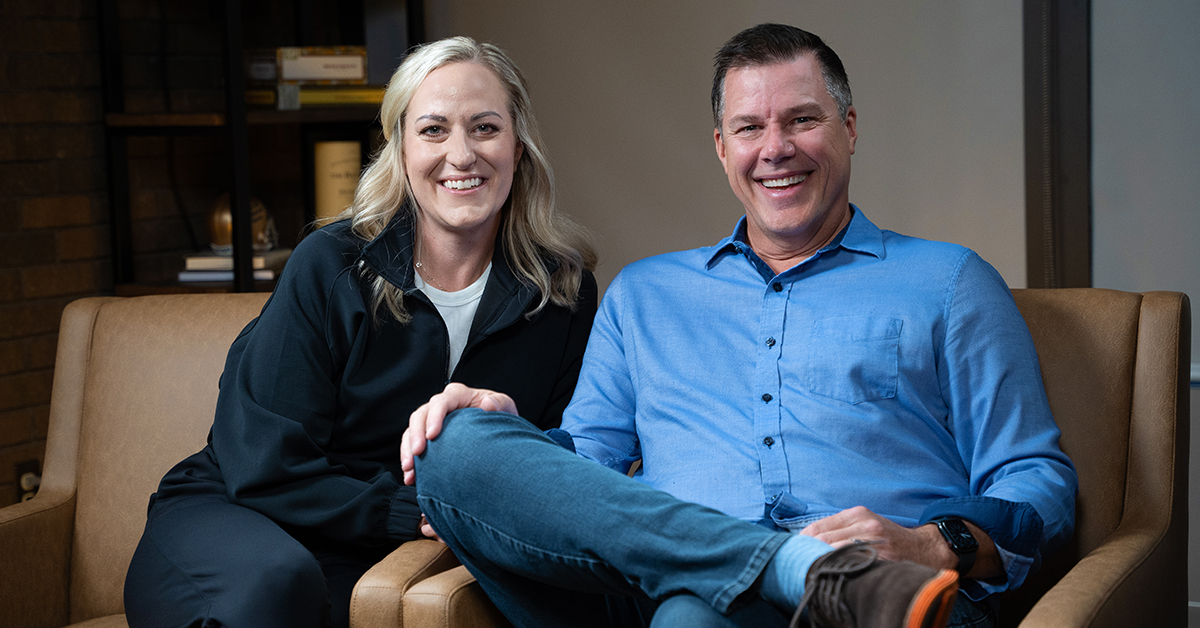One of famed billionaire investor Warren Buffett’s most popular sayings is “You don’t know who is swimming naked until the tide goes out.” The tide, in this case, is stock market returns. When markets are going up, nearly every strategy wins. Risk is consistently rewarded and speculation becomes the norm. This is the “high tide” of investing. Poor strategies and excessive risk taking are rewarded handsomely, and investors are frequently unconcerned, or worse, unaware, of the possible downsides to their investments. Yet as any seasoned investor knows, the tides will always turn and the high returns of the “naked” speculators quickly turn into large losses. Many investors are learning this painful lesson right now.
Thankfully, portfolios are not doomed to failure during the low tides of investment history. In fact, it is these down markets that, while painful, provide the greatest opportunities for investors who “kept their suits on” during the high tide. A successful investment strategy involves both halves of Mr. Buffett’s advice:
- Avoiding the flashy, high-risk investments that thrive in up markets but quickly crash in down markets.
- Selectively taking advantage of the opportunities left as the “naked” swimmers fearfully sell their positions.
At First National Wealth Management, our investments team has always focused on properly managing the risks inherent in our client portfolios. We have spent much of the last year preparing our clients for the risk of a market downturn. This work has allowed us to sit confidently during the last few months. Instead of panic selling risky positions and covering up losses, our investments team has been able to watch for and take advantage of the new opportunities presenting themselves in the market. We know that we can’t get everything right, but we would like to highlight some of the ways that we have prepared appropriate client portfolios for the recent bear market and how we plan to take advantage of current investment opportunities.
Equity Markets
Last year capped the longest bull market for stocks in the nearly 100-year history of the S&P 500 index, a run that stretched almost 11 years. During that time, our team watched stock prices continue to grow faster than underlying business fundamentals like earnings, sales, and book value. We were left with a set of very expensive companies in the U.S. stock market. This, combined with ominous signs in the bond market led us to build up cash and reduce stock exposure across client portfolios. As stocks rocketed higher in 2019, our performance lagged and our conservative stance seemed unwarranted. How quickly times change.
With U.S. markets down nearly 20% year to date, this extra cash allows us to reinvest back into the market at much more attractive prices for our more equity-focused strategies. It also helps to cushion the blow to our client accounts and leave them with some additional funds to cover financial needs. Maintaining adequate reserves to support spending needs is essential to successfully navigating down markets. If your situation has changed or you could use some advice on how much to set aside, please reach out to us. Our team of professional advisors has the tools and expertise needed to create the right plan for you.
Bond Markets
As many investors are now learning, not all bonds are created equal. We are often shown portfolios from outside managers full of investments with abnormally high interest rates. Unfortunately, many of them are sold as “safe” alternatives to investing in stocks when, in fact, their downside risk is just as high. Investors can get caught watching their bond investments plummet right alongside their stocks.
Our team is well aware of the risks inherent in these investments and positioned ourselves conservatively as we entered the year. We focused on increasing the credit quality of our bonds, knowing that the extra yield on riskier segments of the market was unlikely to compensate us for the risk that those bonds could one day default. This has left us with high quality investments that we can retain for future cash needs or reinvest into what are now much more attractive yields on low-risk corporate and municipal bonds.
One special note is in order here. Many customers will notice that some of their bond mutual funds have fallen in value, while others have increased. This is by design. Our team uses mutual funds to target specific sectors of the bond market. Some funds cover the safest areas, like U.S. Treasury securities, which have gone up in value. Others target investment-grade corporate bonds or other investments, many of which have seen falling prices. What we care about is the composition of these funds as a whole, and this is how we manage our credit and interest rate risks in your portfolio. It is also important to note that during periods of high market turmoil, very high quality bonds can fall in price even if their underlying creditworthiness remains strong. Our team closely monitors the creditworthiness and composition of all the mutual funds that we invest in, and are confident that our clients’ bond investments will provide income and price stability when it is needed most.
Our Commitment to Clients
Our investments team wants to affirm our commitment to prudently managing all of our client portfolios. This requires the expertise to understand the inherent risks of the investments we make as well as determine the fair return needed to compensate for that risk. While we don’t advocate timing the market, we certainly do need to price the market and manage the risks we take accordingly. The extended bull market of the last decade gave us pause as we entered the year, and as students of history, we knew that the eventual economic downturn was not being priced in.
The bright spot of all the recent turmoil is that risk assets, most notably stocks, are now priced for much better returns going forward. Our investments team is constantly assessing the future prospects for stocks using both internal models and external research. Given the decline in stock prices, those models unanimously point to better stock returns going forward. By some estimates, prospects have not been this good since early 2013. This does not mean we are calling a market bottom, but it does mean we are optimistic that our clients’ long-term goals are still within reach.
If you have any concerns about your investments or the general market, please do not hesitate to reach out to us. Know that our team will continue to manage risks and seek out the opportunities that the market provides for us. As the investment tide ebbs and flows, we will proceed carefully, but confidently, with our suits on.







